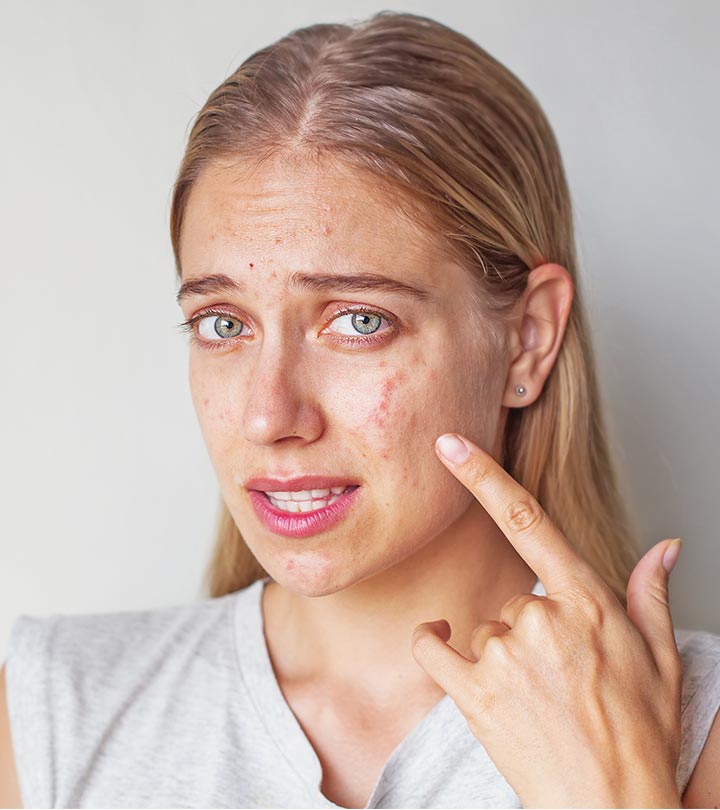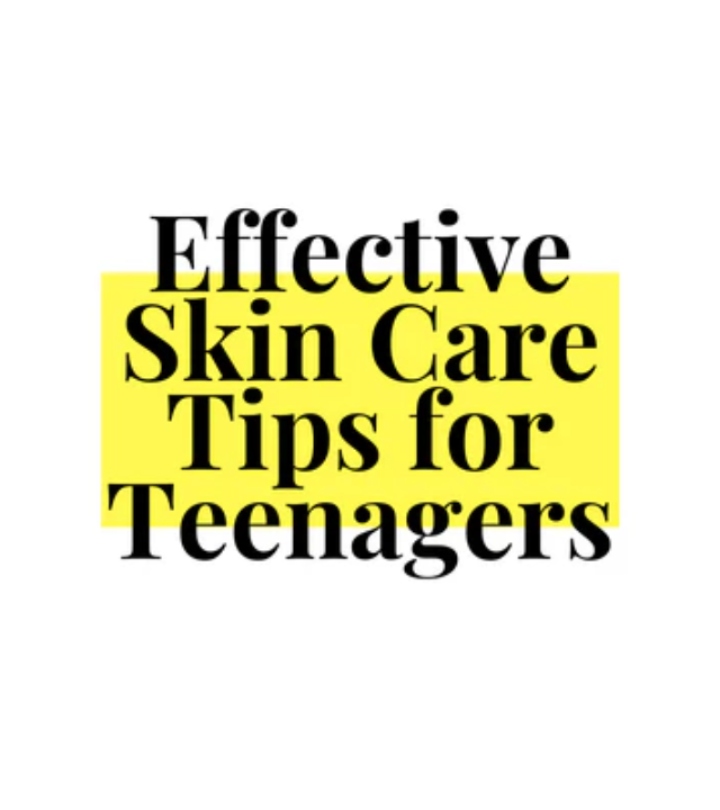Do you feel like your life is revolving around acne scars? You shy away from a gathering. You don’t want to see yourself in the mirror, and you even question your inner beauty and yourself too. Acne scars can dominate our lives in the wrong way. However, it doesn’t have to be so. Read on to know more about tips and treatments to fade your acne scars.
Acne is often a part of growing up – as it starts to occur during puberty and often goes away on its own. But studies show that about 40-55% of adults suffer from low-grade acne. The Journal of American Academy of Dermatology, mentions that 54% of women older than 25 deal with facial acne. It’s widespread but shouldn’t be as complicated.
Acne scars are like depressing reminders of the breakouts. While the acne might heal in a few days, scars usually stay for forever. They occur when the inflammation penetrates deep layers of the skin, causing damage to the tissue underneath it. The more acute your acne is, the more likely it is to leave severe scars behind if left untreated. Before exploring the treatment options, let’s understand the different types of scars:
- Depressed Scars: These are the most common type of scars that often sit below the surrounding skin. Sometimes, when the wound is healing, the skin does not produce enough collagen, which leads to depressed or atrophic scars. They are of the following types:
- Boxcar: These are extensive scars with sharp edges.
- Ice-pick – These are narrow scars that go deep into the skin. They have a V-shaped appearance.
- Rolling – These appear to be like broad depressions with round edges and an undulating appearance.
- Raised Scars: Also, called hypertrophic scars or keloids, they mostly occur on the chest and back. These elevated scars occur due to excess collagen production during healing.
Unfortunately, almost all grades of acne leave scars. Some leave pigmentary marks and some permanently affect the skin texture. The more severe type of acne such as nodules and cysts leave behind deep-pitted scars. Mild acne may leave behind marks that may fade a little over time but not disappear.
While there may not be enough scientific evidence to prove the efficacy of these kitchen ingredients, but these are beauty secrets passed on from generations to fight the war against acne scars:
- Coconut Oil – It is high in lauric acid, which helps kill acne-causing bacteria and prevents future scarring.
- Shea Butter – It helps reduce redness related to acne scars.
- Aloe Vera Gel – It helps to boost the blood flow in the acne-prone area, promoting skin healing. It helps kill harmful bacteria that cause breakouts and reduce the risk of acne scars.
- Manuka Honey – It has anti-bacterial and anti-inflammatory benefits, therefore helps to kill bacteria and prevent future breakouts and scars.
- Baking Soda – Mix two tablespoons of baking soda with water to make a paste and apply it directly over the pimples to get rid of acne and rule out blemishes.
- Lemon Juice – It is best for spot treatment. Apply it directly over the acne bump, leave it on for some time and rinse with lukewarm water. It can also help lighten pimple marks.
Besides trying the above, you may feel tempted to give those over-the-counter scar removal creams and salon treatments a shot to minimise your blemishes.
Medical Treatment for Acne Scars:
If the above home remedies don’t help you get rid of stubborn acne scars, it is time to consult a dermatologist. Different treatments are available for all types of scars and help is around the corner. Once you consult a medical professional, he/she will examine your scars and suggest one or a combination of the following professional acne scar treatments:
- Pixel Laser Resurfacing: This procedure uses a laser to stimulate collagen production that helps to diminish all types of acne scars without affecting the surrounding skin.
- Chemical Peel: There are a lot of chemical peels available, which help get rid of the dead layer and reveal rejuvenated skin from underneath. This treatment is useful for treating deep acne scars.
- Dermabrasion: This skin treatment involves the use of a wire brush to remove the top layer of the skin, and that reduces deep and severe acne scars. You might see a noticeable difference in the appearance of scars after undergoing a few sessions.
- Micro needling: As part of this procedure, your dermatologist may roll a needle-like instrument over the scarred skin to stimulate the healing response of the underlying tissue. It is a popular treatment for acne scars. However, it does not show dramatic improvement in skin texture, and you may require several sessions to get the desired results.
- Dermal Fillers: As the name suggests, the treatment involves injecting collagen or fat under the skin. This helps reduce the visibility of deep scars.
- Punch Excision: As part of this procedure, your dermatologist may cut and remove the scarred skin and stitch back the wound.
- Botox: Sometimes, doctors use Botox to relax the skin around the scar and minimise its appearance. You may need these injections periodically to get the desired results.
Now that you know about the different scar treatments available across skin clinics. Go ahead and visit your nearest skin specialist to find out the best option for you and get ready to bid your scars a goodbye!
Riya Deshmukh:
With a degree in Life Sciences, Riya Deshmukh, from Hyderabad, Telangana, India, has a diverse experience in writing for beauty and health care domains; with topics like skincare, hair problems, tips, and advice. Silky Smooth Skin aspires to bring change in the lives of people through her earnest and research-based articles. She is looking out for opportunities to work with value-driven organizations and to associate with their content producers and generate meaningful and valuable content towards mutual benefit.











